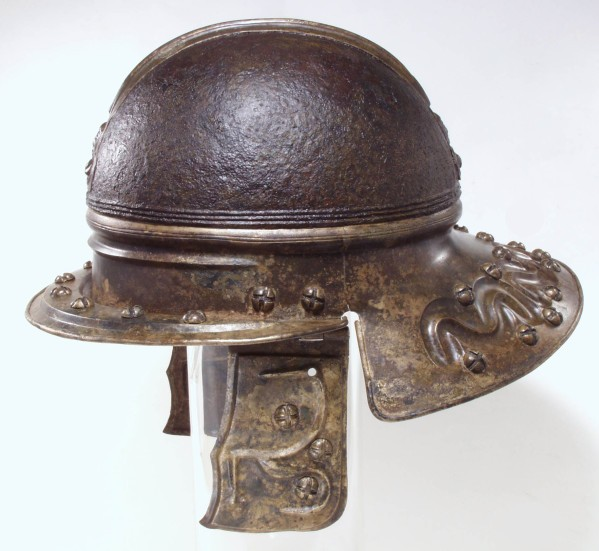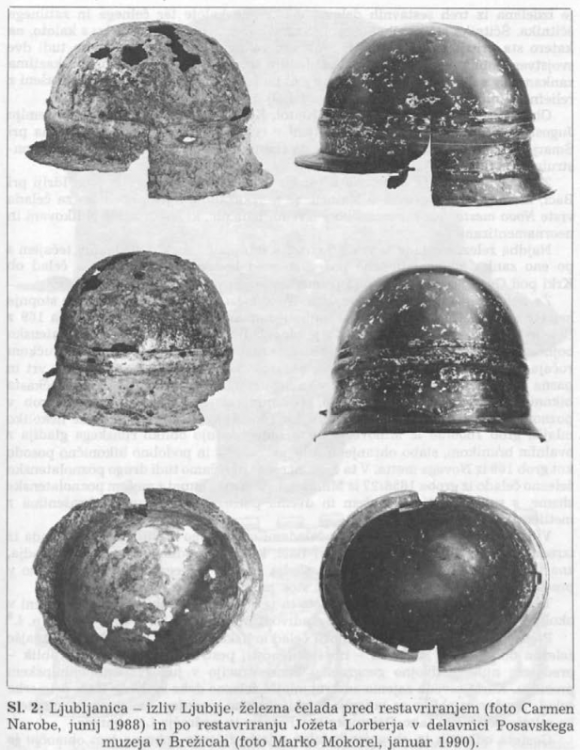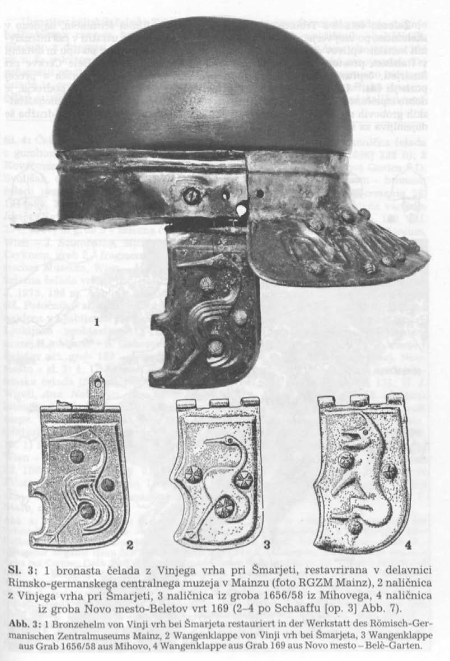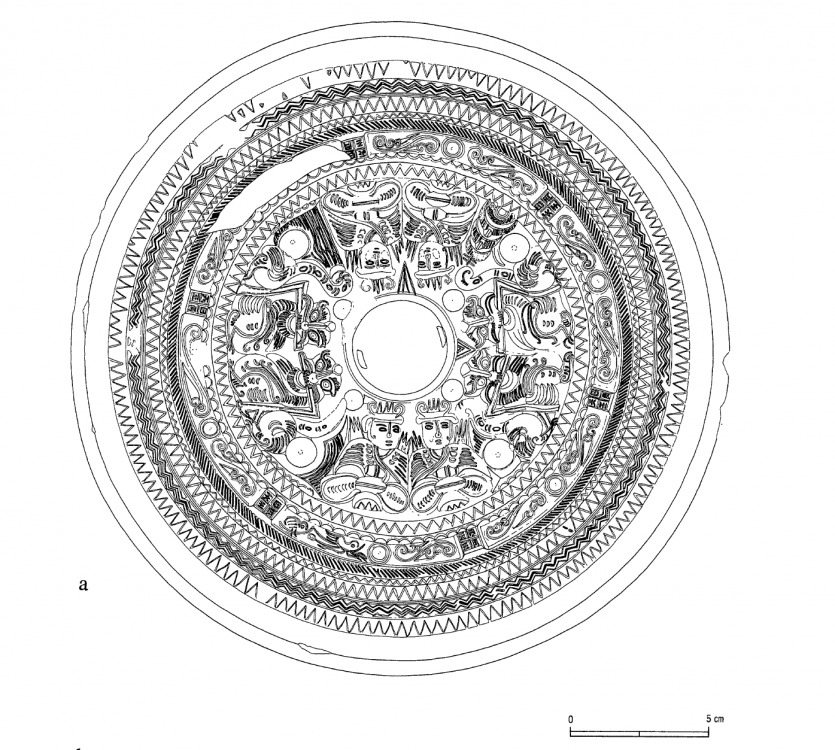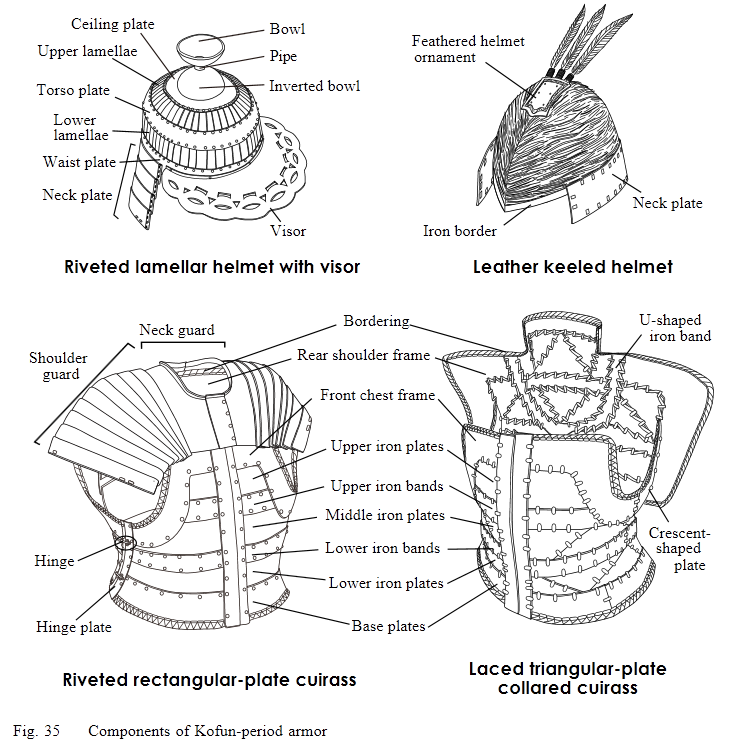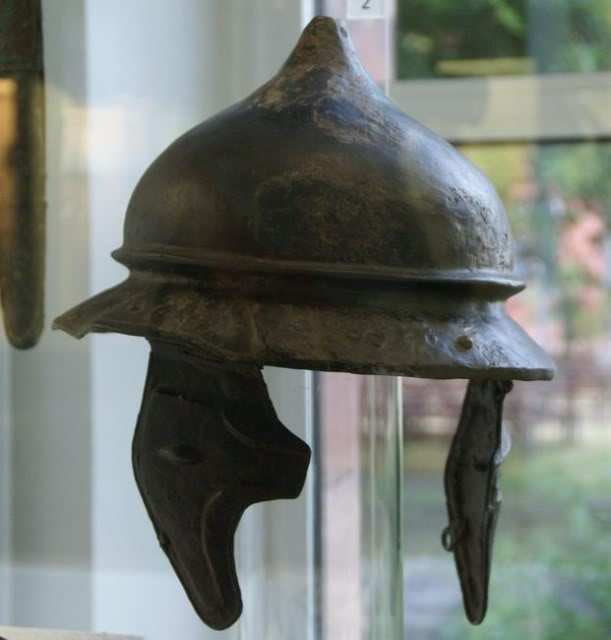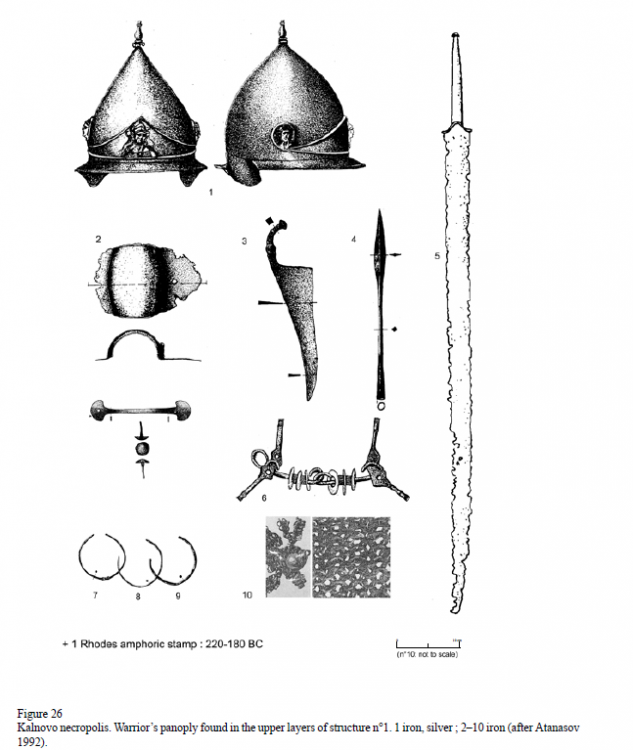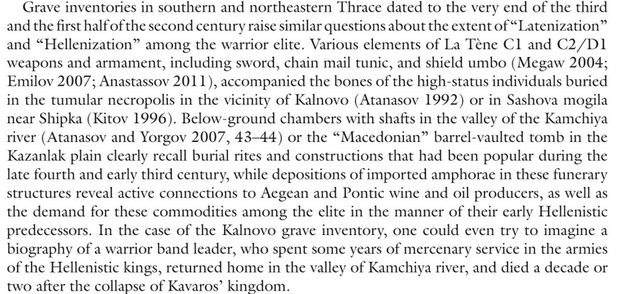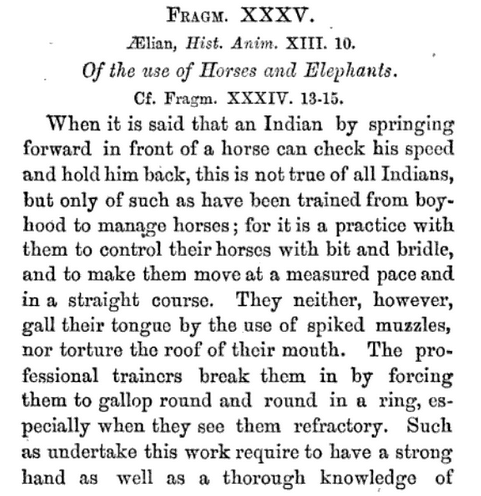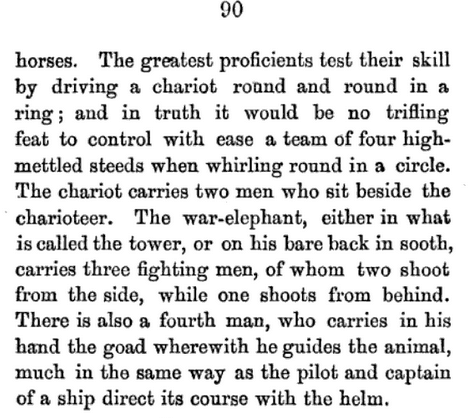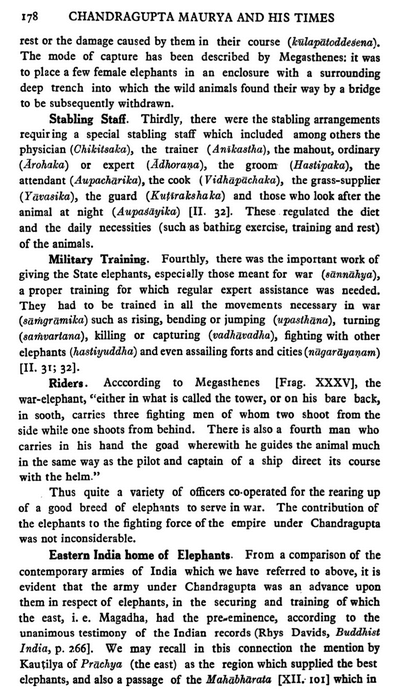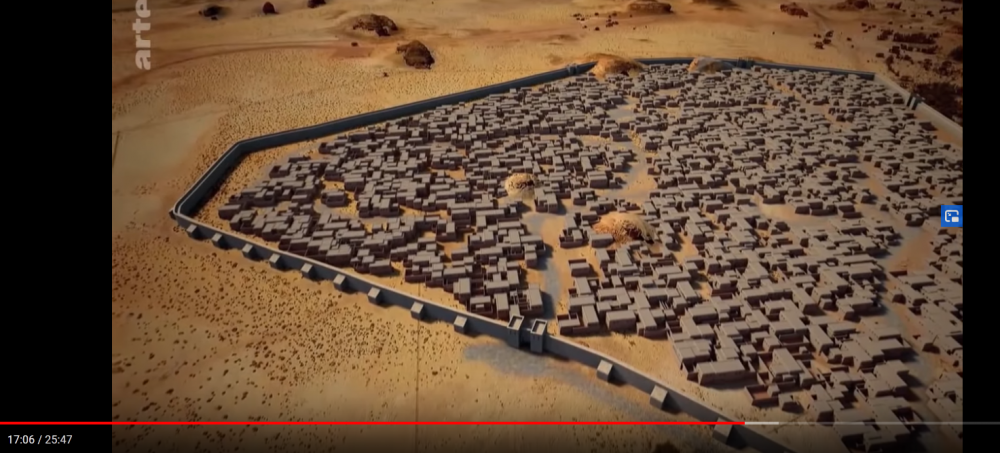-
Posts
2.412 -
Joined
-
Last visited
-
Days Won
83
Everything posted by Genava55
-
Hitler's action were viewed as bad in his current period. So you can moralize his action according to its context yes. But you cannot moralize his action from 5 centuries in the future. Maybe that most people 5 centuries in the future would not really give a s..t of his actions, the same way we do not care about the bad things made by most of our historical figures. Maybe yourself would be viewed as a bad person from the perspective of people 5 centuries in the future. For example we could have 5 centuries in the future, the same view on Hitler than we currently have on Genghis Khan or on King Edward I. There are plenty of historical figures that were bad persons from our current perspective. There are also several historical figures that were considered as bad persons by the standard of their epoch. Even a peace figure like Charlie Chaplin was in fact a misogynist, see his relation with Lita Grey.
-
Moralizing the actions of someone that died 5 centuries ago is really a bad idea. Christopher Columbus is a major figure of history and most of all, of historiography. And furthermore, nobody has currently discriminatory practices because of Columbus. It is pointless. I am really against reshaping history because of ideological motives (moral is ideological).
-
As the Western civilization is the only one to really have an interest in the defense of the minorities and in the human rights, I don't see why there is an issue in being white. I don't see the point in cutting off the branch we're sitting on. I know white people have done bad things but it is not the full picture.
-
I hope there will be deeper changes in the mentalities and in social protection instead of symbolic (and unsmart) destruction of Columbus, Churchill and other historical figures statues. I can understand the issue about Confederate monuments (because they were build specifically to insult black people for a big part) but for the other historical figures it is really excessive.
-
I never seen an author dismissing this mosaic. I agree on the idea it is not the perfect representation for the entire Ptolemaic period and that is I kind of exotic representation of Egypt but at my knowledge it is a reliable piece of evidence for the end of the Ptolemaic period (1st century BC). The author of the mosaic has clearly seen Egypt. I don't see why the author would have made up the rectangular shield. It is not a common representation in heroic and mythological depictions of the Hellenistic period.
-
- 264 replies
-
- 1
-

-
- britons
- east celtic
-
(and 2 more)
Tagged with:
-
.thumb.jpg.b21ca1d0c15fb56b42c39b25a0a40815.jpg)
===[COMMITTED]=== Celtic Unit Helmets
Genava55 replied to Alexandermb's topic in Completed Art Tasks
Yup, he did one. For the moment I think it is enough. The Britons should be the next to need attention, not the Gauls. -
.thumb.jpg.b21ca1d0c15fb56b42c39b25a0a40815.jpg)
===[COMMITTED]=== Celtic Unit Helmets
Genava55 replied to Alexandermb's topic in Completed Art Tasks
Mihovo / Sava Novo Mesto Vinjega vrha pri Šmarjeti / Vinji vrh bei Šmarjeta Ljubljanica Boiko-Ponura Tsarsky / Rostov-on-Don (Ростов на Дону) Cugir (Romania) Siemiechow Idrija -
Yes it is a common design for helmet, although the Dusseldorf is maybe linked to Italic and Greco-Italic helmets because of the back neck-guard. However it was an old analogy made in the literature so it is only a hypothesis. Sadly the origin of the Dusseldorf helmet is obscure and the dating is entirely based on the typology/technology... which is not certain either. Probably not. At least I never seen an author suggesting this. The bump seems a bit small for a fixation. Maybe it is a repair.
-
The Coolus-Mannheim are exclusively in Bronze while the Gelduba is in iron (yes the rust make it misleading at the first sight). And it is probably a Weisenau (Imperial Gallic) modified helmet (or a very late Port like helmet).
-
The Port helmet is thought to be the ancestor of the Imperial Gallic series. Initially the Siemechow helmet has been thought to be a Roman helmet but recent historians highlighted the similarity with other late version of Celtic helmets in the East. The Eastern helmets didn't have a consistent type in the literature but they are clearly close to the Port type. A generic "Mihovo type" has been used but not consistently. The problem with the "Eastern Celtic type" is the misleading usage, confusing Montefortino-like Eastern helmets with the Port-like Eastern helmets. But anyway, I checked it is clearly the Siemechow type that has been used in the concept of the Lugian Late Swordsmen (I recently entered the team). Sort of. I think they added this generic bronze helmet to several elite germanic units because they faced the issue of the overwhelming absence of any evidence surrounding this topic for the Pre-Roman Iron Age. So it is not officially a Coolus but... it is like one.
-
Probably one of the series of "Les voyages d'Alix", a French comic book. https://www.bedetheque.com/BD-Alix-Les-Voyages-d-Tome-5-La-Grece-2-20005.html
-
You can probably get better picture by googling Japan Kofun Mirror. This one from a publication: Another useful document but not for the bronze mirror (too low quality): https://ir.library.osaka-u.ac.jp/repo/ouka/all/69823/OUHSS_TT.pdf
-
.thumb.jpg.b21ca1d0c15fb56b42c39b25a0a40815.jpg)
===[COMMITTED]=== Celtic Unit Helmets
Genava55 replied to Alexandermb's topic in Completed Art Tasks
This helmet found in Normandy and dated to the 1st century BC is close from its conception to the most common type known as "Alésia" (because the first was one has been found there). It is possible there was back and forth influence between the Celts from Central Europe, the Celts from North Italy, the Celts from the Balkans and the Celts from the Pontic Steppes. Maybe with Anatolia too although it is not totally certain. The Celtic world of the 3rd, 2nd and 1st century BC is highly connected. As an example of the complex interaction, here a Konos like helmet found in Kalnavo (late Thracian site) with plenty of Celtic items: -
Megasthenes fragment XXXV (probably his Indica) indicating the use of turret. https://books.google.ch/books?id=i-y6ZUheQH8C&pg=PA178&lpg=PA178&dq=mauryan+tower+elephant&source=bl&ots=t8X0TwP8hD&sig=ACfU3U0_r3EGDXrViyJ30t5D_vUv0LpSDQ&hl=fr&sa=X&ved=2ahUKEwir7NnjnuXpAhWew8QBHaKNDlYQ6AEwC3oECAcQAQ#v=onepage&q=mauryan tower elephant&f=false https://books.google.fr/books?hl=fr&lr=&id=FDCgPDe9OgAC
-
There are reliefs representing war elephants in ancient India, but I don't think there is any turret: https://www.ancient.eu/image/8567/magadhan-and-mauryan-arms-and-armour/
-
I agree: Romans first encountered elephants in battle in 280 BCE, when Pyrrhus, king of the Greek region of Epirus, invaded Italy with an army of 25,000 men and 20 war elephants. The Romans recorded the appearance of the animals on some of the heavy bronze ingots they used as currency at the time. Pyrrhus established his base at the Greek city of Taras, which placed a small image of an elephant below a dolphin rider on its silver coinage. https://coinweek.com/ancient-coins/elephants-ancient-coins/
-
.thumb.jpg.b21ca1d0c15fb56b42c39b25a0a40815.jpg)
Age of Empires 2 Definitive Edition
Genava55 replied to Lion.Kanzen's topic in Introductions & Off-Topic Discussion
Mmm I am being a nerd here but I find sad they put random "scientific" things for the research in any building. For example the chemical structure appearing is the Glyceraldehyde 3-phosphate... this is related to the Calvin cycle in photosynthesis. They should have put the chemical structure of something in use at this time. Sulfuric acid, diethyl ether, any kind of soap, potassium nitrate. Edit: the same for the math, why putting an integral in there... -
.thumb.jpg.b21ca1d0c15fb56b42c39b25a0a40815.jpg)
Civ: Germans (Cimbri, Suebians, Goths)
Genava55 replied to wowgetoffyourcellphone's topic in Delenda Est
First page of the thread. Of the current topic. -
.thumb.jpg.b21ca1d0c15fb56b42c39b25a0a40815.jpg)
Civ: Germans (Cimbri, Suebians, Goths)
Genava55 replied to wowgetoffyourcellphone's topic in Delenda Est
Your welcome Edit: by the way I added new books in my message on the first page in case you are interested @wowgetoffyourcellphone -
.thumb.jpg.b21ca1d0c15fb56b42c39b25a0a40815.jpg)
Civ: Germans (Cimbri, Suebians, Goths)
Genava55 replied to wowgetoffyourcellphone's topic in Delenda Est
Documentary mostly giving evidences from the Alemanni Small documentary about the Frankish warrior during the 5th century AD: Some footage from the place:


